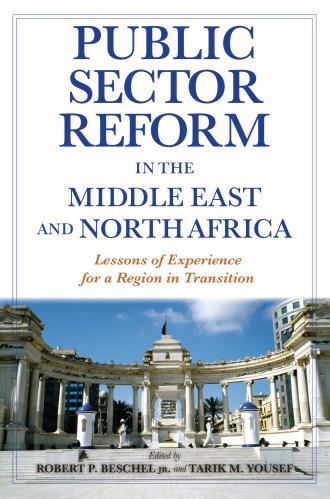Editor’s Note: On September 21, the Department of Commerce and Bloomberg Philanthropies are hosting the second U.S.-Africa Business Forum. Building on the forum in 2014, this year’s meeting again hosts heads of state, U.S. CEOs, and African business leaders, but aims to go beyond past commitments and towards effective implementation. This year’s forum will focus on six sectors important to African economies and which offer opportunities for investors, namely finance and capital investment, infrastructure, power and energy, agriculture, consumer goods, and information communication technology. The below piece reviews the theme of consumer goods and manufacturing as opportunities for investment on the African continent.
The African middle class has captured the attention of aid officials and business people for more than a decade. In 2011 the African Development Bank (AfDB) published a report claiming that Africa’s middle class numbered 350 million people, or 34 percent of the population. The definition used included people earning between $2 and $20 a day.
The idea that an income in the range of $2-20 a day propels an individual into the middle class may strike most readers as Pollyannaish, but the rapid growth of Africa’s urban population earning incomes at that level may help to explain a surprising revival of manufacturing in several African countries as well as opportunities for investors.
Consider the case of Tanzania. Since 2000 manufacturing output has been growing faster than GDP. Most of that growth has come from micro, small and medium scale manufacturing firms (MSMEs)—many of them outside the formal sector. In 2010 manufacturing MSMEs produced roughly 30 percent of total manufacturing value added, mainly in beverages, food processing, textiles, wood processing, furniture, and building materials; products that serve the needs of the urban “middle class” (McMillan, Page and Wangwe, 2016).
Like larger-scale manufacturing, some of these firms have the potential to grow and create jobs. In Tanzania about 15 percent of MSME firms have productivity levels greater than economy-wide manufacturing productivity. This “in-between sector” of productive firms that are not “formal” employs slightly less than 1 million Tanzanians. Between 2002 and 2012 employment in the sector grew at 11 percent per year.
Africa’s experience with industrialization has been disappointing, but its growing “middle class” may offer a new opening for local manufacturing. The challenge for governments, investors and aid agencies alike will be to identify firms in the “in-between sector” and remove the constraints to their growth.
Reference:
McMillan, Margaret, John Page and Samuel Wangwe (2016) “Unlocking Tanzania’s Manufacturing Potential” in Christopher Adam, Paul Collier and Benno Ndulu (eds.) Tanzania: Path to Prosperity Oxford: Oxford University Press.









Commentary
The US-Africa Business Forum: Africa’s “middle class” and the “in-between” sector—A new opening for manufacturing?
September 20, 2016